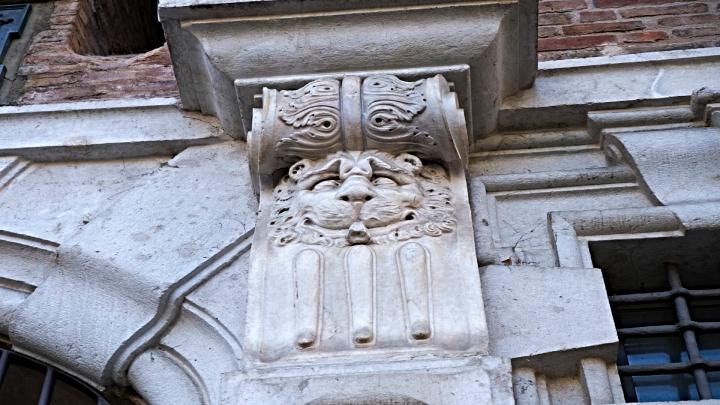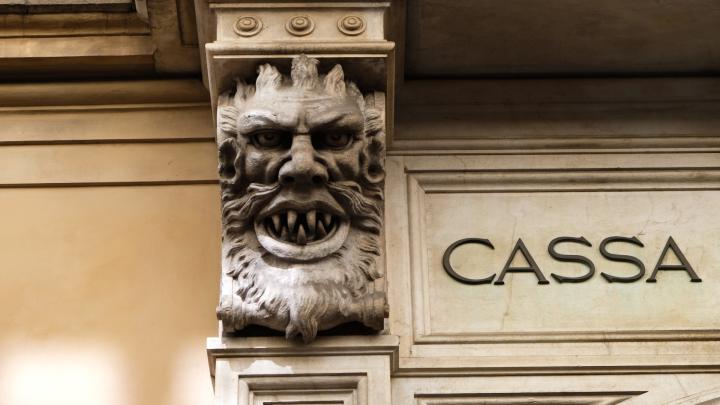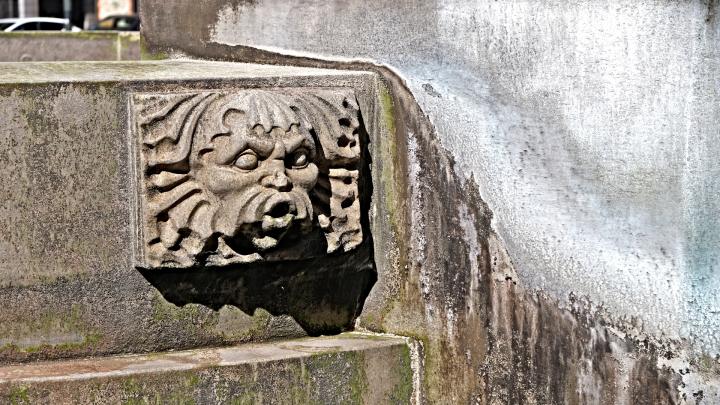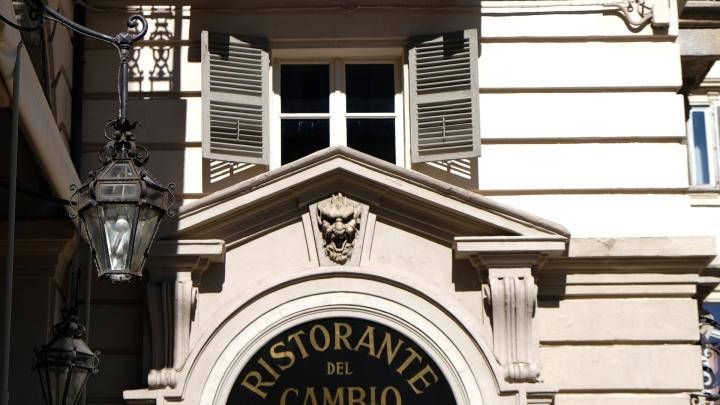Legend has it that when Baron de La Brède and Montesquieu arrived in Turin in 1728 he said that the "walls of the city spoke”. In fact, Turin teems with stone masks (there appear to be more than two hundred!), representing mostly zoomorphic or anthropomorphic figures, put to guard capitals, lintels, windows and gates.
The masks were made of plaster, marble, stone and concrete and represent caricatures of moods: anger, fear, naiveté, mockery, cheerfulness.
According to one theory they would have an apotropaic function; i.e., they were supposedly built with the intention of keeping malignant influences away. It is no coincidence that they appear on the entrances of noble palaces.
Wanting to follow a precise itinerary, it is advisable to circumscribe the perimeter to the urban centre, where the most evidence is clustered.
One can, for example, start from Piazza San Carlo, where one can admire numerous serial masks, extremely plastic in their features, which can look different depending on how the light illuminates or shadows them, and continue along Via Roma.
In Piazza Castello one encounters the Gorgon Medusa, and then taking Via XX Settembre, at the corner with Via Alfieri, one encounters The Horns of Pan, and thus arriving at the regional council headquarters, Via Alfieri 15, where other curious masks are found at the entrance.
Another important mask can be found at the Keep Mastio della Cittadella: placed as keystone of the front door, with its grimace intended to mock invaders attempting to enter through that entrance, since it is a false door.
Since it is a boundless universe, it is impossible to list all the places where they have been made, not least because finding new ones are always emerging.
Our advice is to walk around trying to pay attention to house doorways, lintels and windows in search of lost masks.
Foto di @alessandra.corra - Archivio Regione Piemonte




